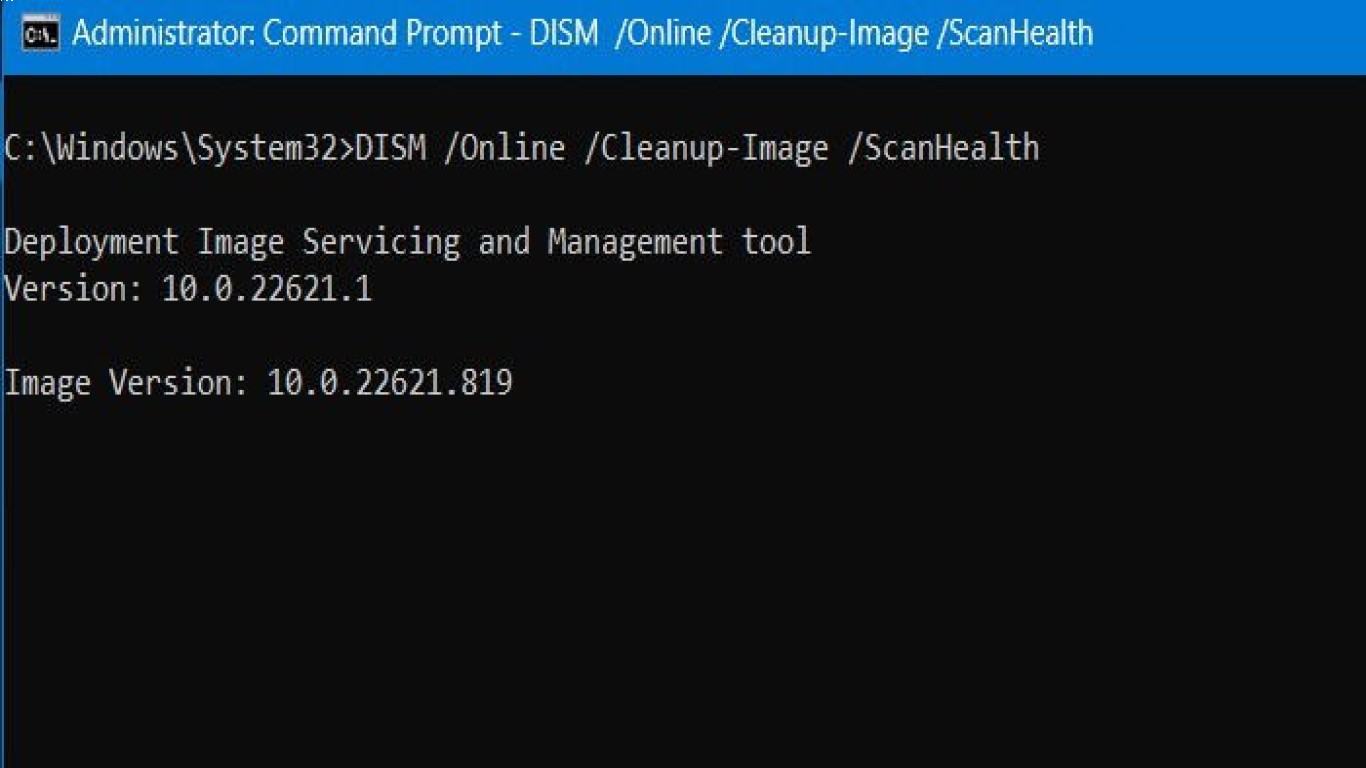Common Windows 10 Problems and How to Fix Them
Common Windows 10 Problems and How to Fix Them
Windows 10, the beloved operating system from Microsoft, has won over millions of users worldwide thanks to its robust features and user-friendly interface. However, like any intricate software, it’s not immune to occasional hiccups. In this guide, we’re going to take a deep dive into some common windows issues you might face with Windows 10 and how to fix them. So, let's get started on smoothing out those digital wrinkles!
1. Problematic Updates
The Issue:
One common complaint from Windows 10 users often centers around the automatic update system. While updates are crucial for security, sometimes they can cause more problems than they solve, like system crashes or feature malfunctions.
The Fix:
Pause Updates Temporarily: Go to
Settings>Update & Security>Windows Update, then choosePause updates for 7 days. This gives you time to see if the update is causing widespread issues.Uninstall Problematic Updates: If an update is wreaking havoc, you can uninstall it: Go to
Settings>Update & Security>Windows Update>View update history, then selectUninstall updates.Use the Windows Update Troubleshooter: This built-in tool can automatically detect and fix update-related problems. Access it by navigating to
Settings>Update & Security>Troubleshoot>Additional troubleshooters, then selectWindows Update.
2. Slow Performance After an Update
The Issue:
Have you noticed your computer dragging its feet after a fresh update? It’s not uncommon for updates to slow down your machine as new patches are integrated.
The Fix:
Restart Your PC: Sometimes, simply restarting your computer can clear up post-update sluggishness.
Adjust Performance Options: Go to
Control Panel>System and Security>System>Advanced system settings. Under thePerformancesection, selectSettings, then chooseAdjust for best performance.Disable Startup Programs: Open
Task Managerby pressingCtrl + Shift + Esc, go to theStartuptab, and disable unnecessary programs that may be running in the background.
3. File Explorer Crashing
The Issue:
File Explorer is an essential part of the Windows experience, but on occasion, it can become unstable and crash frequently.
The Fix:
Clear File Explorer History: Open
File Explorer, click onView>Options, under theGeneraltab, clickClearnext toClear File Explorer history.Check for Corrupted Files: Use the
System File Checkertool by typingsfc /scannowin the Command Prompt to detect and repair corrupted system files.Update Display Drivers: Head to
Device Manager, expandDisplay adapters, right-click your GPU, and selectUpdate driver.
4. Cortana Issues
The Issue:
Cortana, Windows 10’s digital assistant, sometimes refuses to respond to input or gives out incorrect responses, which can be frustrating when you’re in a bind.
The Fix:
Restart Cortana: Hit
Ctrl + Shift + Escto open Task Manager, locate Cortana in the processes list, right-click, and selectEnd task.Check Microphone Settings: Go to
Settings>Privacy>Microphone, and make sure the toggle for Cortana underChoose which Microsoft Store apps can access your microphoneis turned on.Re-register Cortana: Open PowerShell as an administrator and type the following:
Get-AppXPackage -AllUsers | Foreach {Add-AppxPackage -DisableDevelopmentMode -Register "$($_.InstallLocation)\AppXManifest.xml"}
5. Wi-Fi Connectivity Problems
The Issue:
Wi-Fi connectivity issues can interrupt workflows and online activities, leading to frustration and productivity dips.
The Fix:
Reset the Wi-Fi Adapter: Open
Settings>Network & Internet>Status, and click onNetwork reset.Update Network Drivers: Visit
Device Manager, expandNetwork adapters, right-click your Wi-Fi adapter, and selectUpdate driver.Use the Network Troubleshooter: Navigate to
Settings>Network & Internet>Status, and run theNetwork troubleshooter.
Conclusion
Windows 10 is a powerful operating system that offers more features than you can shake a stick at, but it’s not without its quirks. With this guide, you should now be ready to tackle common problems head-on. Remember, regular maintenance and staying up to date with the latest patches can prevent many issues before they arise.
FAQs
1. Why is Windows 10 running so slowly on my computer?
Various reasons might explain the slowness, including background apps, insufficient hardware resources, or recent updates. Address the issue by managing startup programs, upgrading RAM, or using performance troubleshooting tools.
2. How do I fix the blue screen of death (BSOD) on Windows 10?
BSODs usually result from hardware failures, driver issues, or third-party software. Restart your PC, update drivers, and check for hardware issues using built-in diagnostics tools.
3. Is it risky to skip Windows Updates on Windows 10?
While it's possible to skip updates temporarily, it's not recommended to ignore them indefinitely. Updates provide critical security patches and performance improvements crucial for system stability.
4. What should I do if Windows 10 freezes frequently?
Check for system file corruption using the System File Checker, update your drivers, and ensure no background applications conflict with essential system processes.
5. Why is my Windows 10 screen flickering?
Screen flickering often results from incompatible apps or outdated drivers. Update your display driver and ensure that any recently installed applications are not causing the problem.
#windows10problems #troubleshootingwindows10 #fixwindows10issues #windows10errors #windows10solutions
